Story highlights
The idea to mark road surfaces reportedly came from watching a milk truck drip milk on the road
U.S. airline passengers increased by 3,000% in two years following Charles Lindbergh's flight across the Atlantic
Nil Bohlin's invention of the three-point seat belt is estimated to have saved more than a million lives
Several companies are in the process of bringing back supersonic flights
Just more than a hundred and ten years ago, Orville Wright became the first human to achieve powered flight.
On a calm, December 1903 day, helped by his brother Wilbur, Orville successfully launched their flying machine, maneuvered it through the air for 120 feet, and landed it safely.
Later that same day they achieved another flight of 852 feet in 59 seconds, to start the modern air travel era.
Since then numerous inventions, discoveries and milestones have been made.
Here are a few of our favorites.
Have we missed your top travel moment? Tell us about it in the comments section.
1903: First powered flight
Flying isn’t the tricky part we’re told – landing is.
But until December 17, 1903, it was all a bit of a dream.
Then, with a design based on a glider kite, the Wright brothers successfully piloted a powered aircraft for 12 seconds for the first time, and (important!) landed it safely.
Step one in global air travel achieved.
When do we get flight attendants?
More info: Wright Brothers take flight
1911: Discovery of Machu Picchu
Field trips and textbooks about the Incas must have been far less exciting before Hiram Bingham III, an American explorer and politician, stumbled upon Machu Picchu in 1911.
Bingham uncovered the Inca ruins, now one of the most popular travel destinations in the world, with the help of local guides more than 400 years after the European discovery of America.
The discovery put Peru on the map as a travel destination and changed ideas about Latin America’s history.
More info: Machu Picchu: 100 Years Since Its Rediscovery
1911: Road surfaces marked
Seems simple now, but it wasn’t until Edward N. Hines from the U.S. state of Michigan spoke up that anyone thought it’d be a good idea to mark roads to help separate traffic.
Hines was a member of the Wayne County Road Commission at the time.
In 1911, River Road in Trenton, Wayne County, became the first road in the world to be marked.
The inspiration reportedly came from watching a milk truck drip milk onto the road.
More info: Inventor of highway centerline
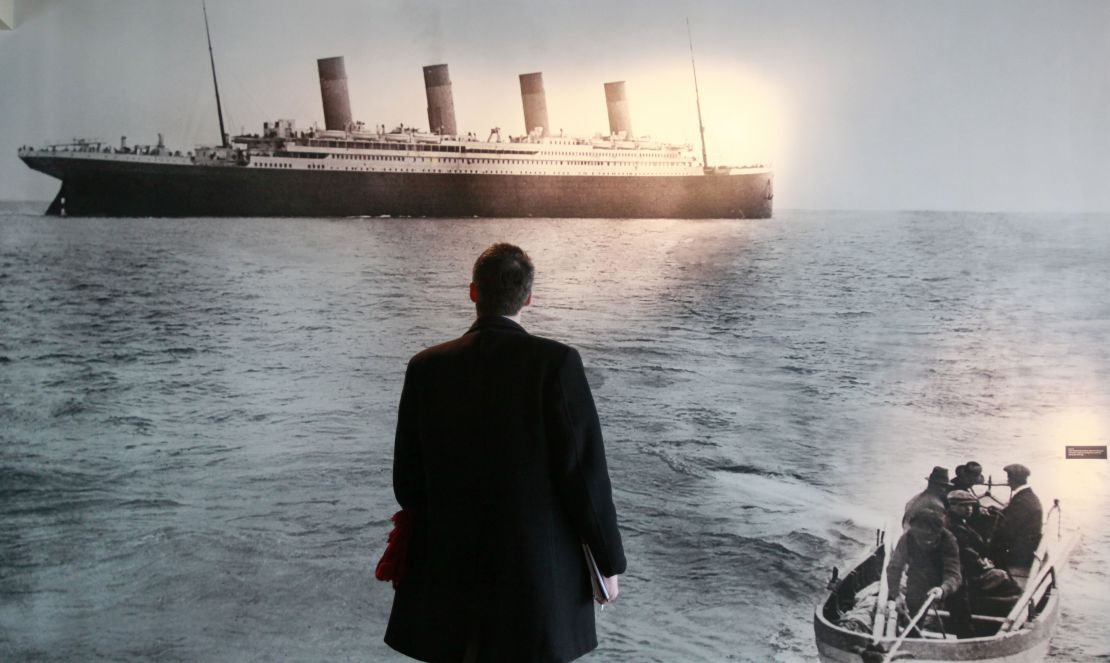
1912: Titanic sinks
The Titanic’s sinking is the best documented maritime disaster of all time.
Back then, people around the world mourned the deaths of 1,500 after this state of the art, supposedly “unsinkable” luxury liner struck an iceberg on April 14, 1912, four days into her maiden voyage from Southampton, UK, to New York.
The sinking also sparked panic among transatlantic cruise travelers and prompted improvements in maritime safety measures.
More info: Chinese theme park to reenact Titanic iceberg collision
1912: Automobile self-starter invented
It’s probably apt that “cranky” is a synonym for bad-tempered.
You would be too if you had to hand-start your car every journey.
In 1912, presumably after years of sore arms, Charles Kettering created the first electric self-starter that eliminated the need for hand cranks, the patent having been granted some years before.
More info: 10 cars for every type of traveler
1927: First solotransatlantic flight
An unknown 25-year-old U.S. Air Mail pilot flew into the record books on May 21, 1927, by becoming the first pilot to successfully make the first solo, nonstop transatlantic flight from New York to Paris.
Charles Lindbergh was after a $25,000 prize – six well-known pilots had perished in their attempts to claim it before Lindbergh pulled it off.
Lindberg’s epic flight and subsequent publicity tour changed the public’s skepticism toward aviation.
U.S. airline passengers increased by an incredible 3,000% in the two years following his flight.
More info: Person of the Year: Charles Lindbergh
1937: Hindenberg disaster ends era of airship travel
When the hydrogen-filled Hindenburg airship burst into flames and crashed to the ground in New Jersey in 1937, killing 36 people, the era of intercontinental zeppelin travel came to a horrifying end.
Though the crash of the Hindenburg wasn’t the worst airship disaster in history, the shocking newsreels and chilling live radio commentary – “Oh, the humanity!” – broadcast around the world shattered public confidence in airship travel.
More info: Could airships make a comeback?
1946: Credit cards created
Cash was king until John Biggins invented a novel method of payment in 1946 for Flatbush National Bank in Brooklyn, New York.
Customers could buy items in local shops with their cards, the business owners would present the sales receipts for cash from the bank, which would, in turn, bill the customer for the amount.
Thanks to his convenient invention, travelers today enjoy unrestricted access to hotels, rental cars and online booking engines around the world.
And banks enjoy the high interest rates when we overspend or flub a payment.
More info: World’s 12 best shopping cities
1947: Chuck Yeager breaks sound barrier
Could a plane, or a person, withstand the pressure of exceeding the speed of sound?
That was the question for the United States Air Force in the mid-20th century.
Selected by the Air Force Flight Performance School to provide the answer, Chuck Yeager became the most famous test pilot in U.S. history when he hid two broken ribs (he’d been thrown from a horse two days before his flight) and flew a bullet-shaped, rocket-powered plane faster than the speed of sound (767 miles per hour) on October 14, 1947.
More info: Chuck Yeager fast facts
1948: Transistors invented
Often called the most important invention of the 20th century, transistors are what all modern computing technology is based on.
They made space travel possible and today are the building blocks of smart phones, computer terminals, radios and other electronic devices that make world travel a comparative breeze.
They were created by John Bardeen, Walter Brattain and William Shockley at Bell Laboratories, and act as a switch in a circuit or to amplify currents.
So, “Flappy Bird” fans – you know whom to thank.
Or blame.
More info: The Nobel Prize in physics
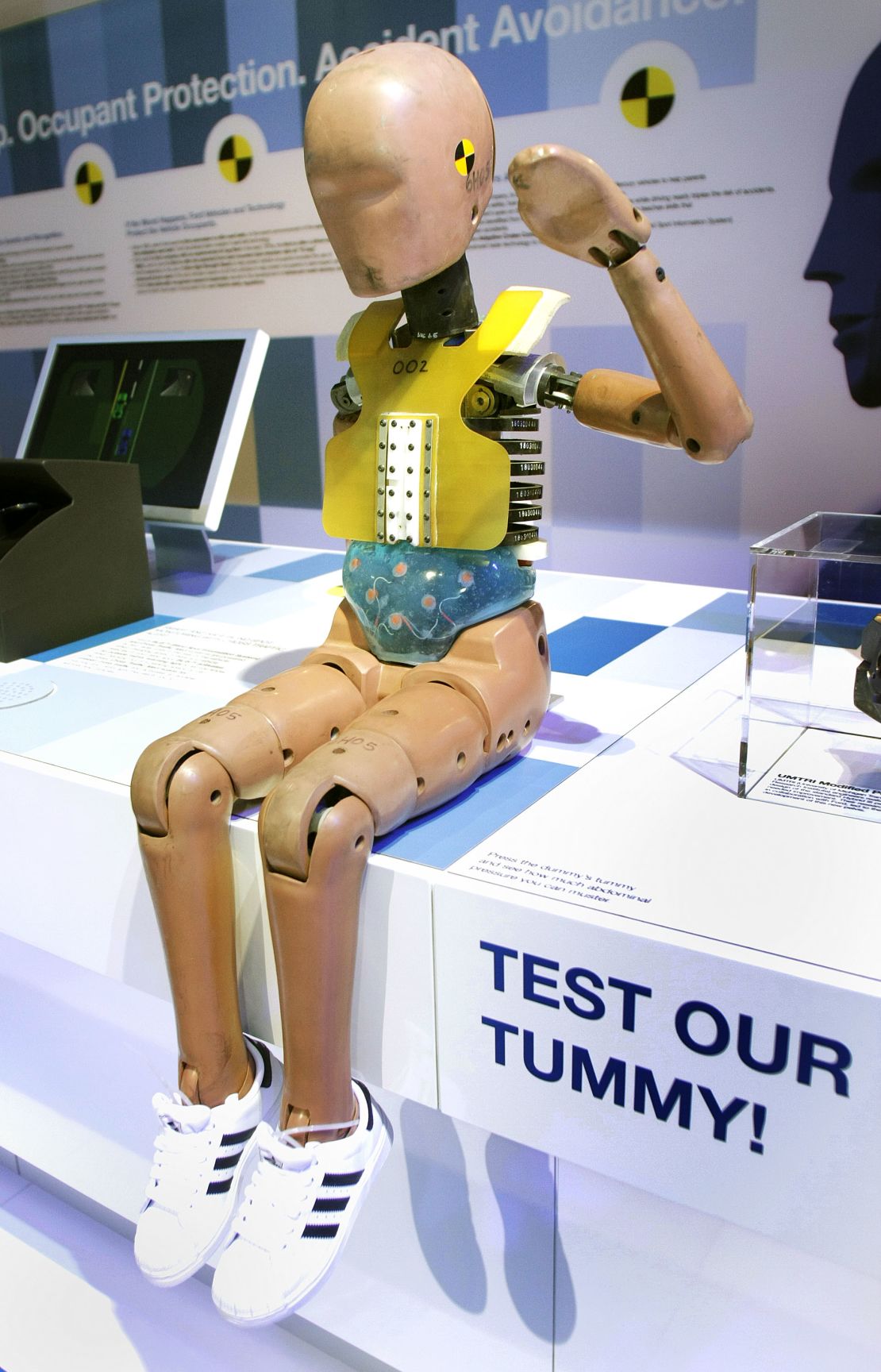
1949: Crash test dummy born
Safety tests on cars, planes and other vehicles would be a lot less meaningful without the crash test dummy.
The first of its kind was Sierra Sam, created in 1949 to test ejection seats on aircraft.
Over the years, the crash test dummy has been increasingly refined to be more human-like in shape, size, weight and even fitted with sensors to allow better interpretation of results.
More info: Inside the world of professional car crashing
1952: First commercial jet flight
It may have been Americans who flew the first aircraft (Wright brothers, 1903) and the first commercial flight (a 23-minute flight between Tampa and St. Petersburg in Florida in 1914), but the Brits launched the first commercial jetliner service in the world – the closest thing to today’s air travel.
In 1952, the de Havilland Aircraft Company debuted the first commercial jetliner flight – on a plane called the de Havilland Comet – between London and Johannesburg, a trip that took 23 hours.
The jet shortened the London-New York flight from 18 to 12 hours.
Due to a series of accidents after its initial success, the Comet’s fleet was grounded in 1954 and the jet was redesigned, including replacing the square windows and panels with the rounded versions we see today.
More info: A century of romance with flying
1959: Three-point seatbelt created
The first seatbelt was invented at the beginning of the 19th century by Sir George Cayley for his glider.
It was a strap that went across the lap to hold down the pilot during flight.
Effective, but rudimentary.
More than 150 years later, Nils Bohlin came up with the three-point seat belt found on almost all vehicles today.
Bohlin’s design allowed users to put the seat belt on using only one hand and it was more secure, holding down the driver by the shoulder.
It’s estimated the three-point seat belt has saved more than a million lives.
More info: Three-point seatbelt inventor Nils Bohlin
1964: Japan launches bullet train
These days, associating a lethal projectile with a new mode of transport would be a PR no-no.
But back in the ’60s it was deemed apt for Japan’s “shinkansen” trains, which hit speeds of 210 kilometers per hour and brought high-speed rail to the masses.
After the first three years of service more than 100 million passengers had been aboard.
The term “bullet train” is a direct translation of the Japanese term “dangan ressha,” a nickname given to the shinkansen prototype.
More info: Hayabusa bullet train hotfoots it up Honshu
1967: ATMs rolled out
If the trauma of forgetting your PIN or losing your debit card makes you question the benefits of the ATM, consider what this process used to involve: walking around with pieces of radioactive paper in your pocket.
The world’s first ATM was unveiled in 1967 at Barclays Bank in Enfield, London.
Created by John Shepherd Barron, who headed the invention team at De La Rue Instruments, the original machine was initiated when it detected radioactive isotope carbon 14 on a check.
Thankfully, we’ve moved on to the card and PIN system, giving travelers easy access to their cash in hundreds of countries.
More info: The world’s first ATM
1969: First 747 flight
The queen of the sky, the jumbo jet, or simply the Boeing 747 – whatever you call this icon of mass transit, it was a game-changer.
It was the first wide-body plane (carrying up to 490 passengers) and it traveled almost twice as far as any other commercial aircraft of the day; 13,450 kilometers (8,350 miles) with a 747-400.
It’s often hailed as the plane that brought air travel to the masses, making flying cheap enough for more people.
More info: Best of Boeing: 10 revolutionary aircraft
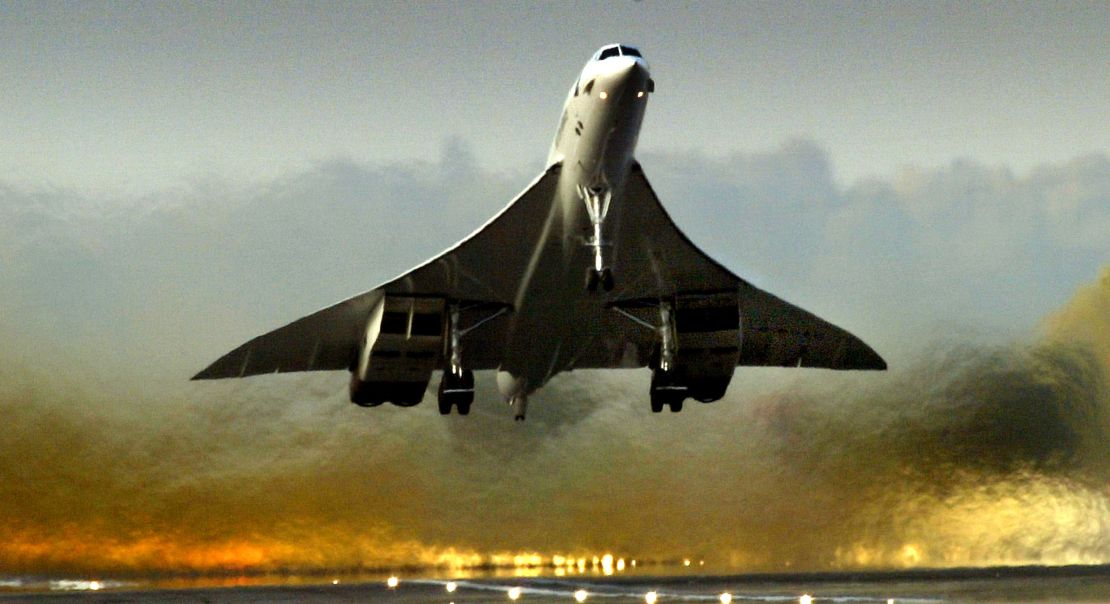
1969: First Concorde flight
For three decades the supersonic Concorde was a marvel of aviation technology and the ultimate status symbol for wealthy jetsetters.
After test flights started in 1969, the plane entered commercial service in 1976 with London-Bahrain and Paris-Rio (via Dakar) routes.
Concorde later flew travelers from London to New York in about 3.5 hours – twice as fast as any other commercial airliner.
When an Air France Concorde crashed in France in 2000, killing 113 people, the plane’s already waning luster faded out entirely.
All Concordes were retired in 2003 by British Airways and Air France, the airlines blaming high operating costs and sinking demand.
But a few companies, including Aerion and Spike Aerospace, are in the process of bringing supersonic travel back.
More info: Celebrating Concorde
1970: Wheeled suitcase ‘invented’
Hard to fathom, but the wheeled suitcase didn’t exist 50 years ago.
When Bernard Sadow, president of United States Luggage Corporation (now Briggs & Riley Travelware), developed his in 1970, he had trouble selling the idea.
It was thought people wouldn’t want to pull their luggage around behind them.
Thankfully Sadow stuck with it, and we can all now transport our oversized, overweight bags to check-in with ease.
More info: Happy anniversary, wheeled luggage
1972: Lonely Planet first published
Broke but happily married young hippie couple Tony and Maureen Wheeler created what became the world’s most successful travel guides when they published their accounts of how to travel across Asia on a shoestring in 1972.
Their books, most popular with backpackers, recommend handfuls of places across the world and have often been the source of intense competition among hostel owners, to the extent that it has occasionally proved problematic to travelers.
One unconfirmed report from India illustrates: when Lonely Planet gave a positive review to a hostel named “Green’s Hotel,” several other hotels on the street renamed themselves “Green’s Hotel.”
The company made headlines last year when the BBC sold it to reclusive Kentucky billionaire Brad Kelley.
More info: Tony Wheeler’s top 5 edgy destinations
1972: Security measures improved
A world without queue-swelling security searches did once exist.
Then, in the early 1970s, a spate of “skyjackings” occurred, triggering a chain of events that led to the modern airline security we experience today.
The first reported plane hijacking can be traced to Peru in the 1930s.
But it was a Southern Airways hijacking, in which hijackers threatened to crash into a nuclear reactor at Oak Ridge National Laboratory in Tennessee in the United States in November 1972, that prompted authorities to finally install strong counter measures.
More info: Skyjacked: A nation with no airline security
1973: First call from handheld mobile phone
A little more than 40 years ago a call was made from the first handheld mobile phone by its creator, Martin Cooper, an American inventor.
Thanks to Cooper and his brick-sized prototype, the door was opened to an unprecedented era of communication, turning people into callable numbers, contactable any time, anywhere.
So, enjoy that holiday totally away from work when … wait, sorry we gotta get this real quick …
More info: Inventor of cell phone: We knew someday everybody would have one
1974: First hotel minibar installed
Countless thirsty travelers have been saved (and their wallets thinned) thanks to one Hilton executive and Siegas, the German company that invented the refrigerated minibar in the 1960s.
In 1974, an executive from the since-closed Hong Kong Hilton was inspired to stock overpriced liquors in all 840 rooms, and lo the loved/hated minibar was globalized.
The minibar led to a 500% increase for in-room drink sales and a 5% boost to the company’s net income that year, according to the Atlantic.
More info: Hotel minibars: In need of being refreshed?
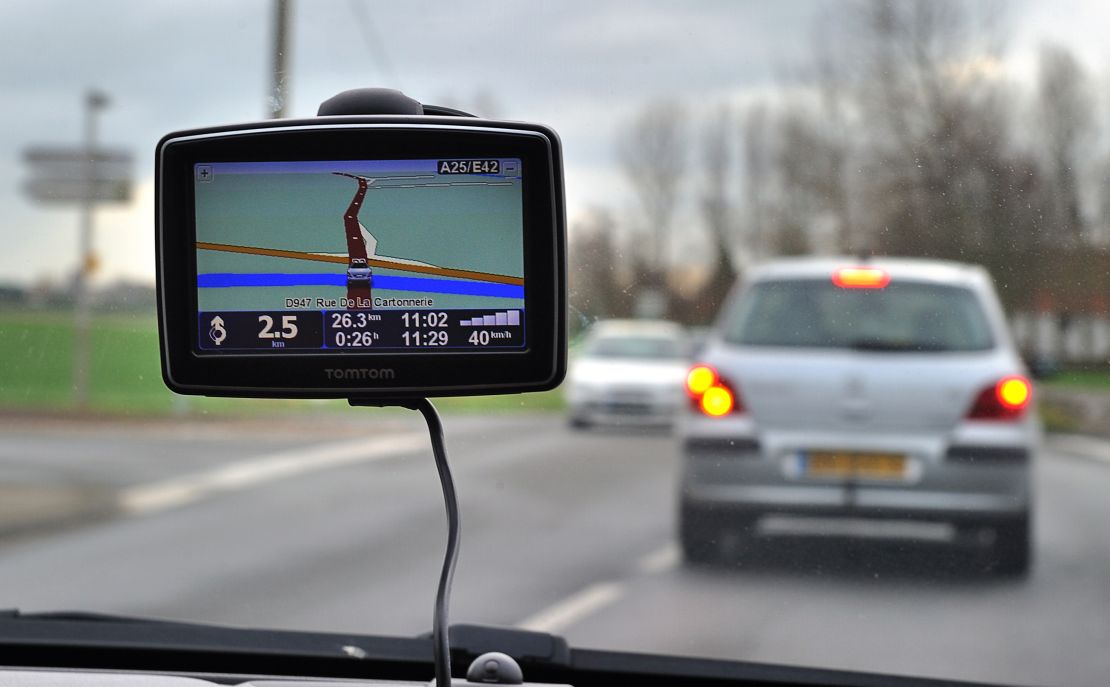
1974: GPS hits the road
When you’re lost on the back roads of a small town and your GPS comes to the rescue, think of Roger L. Easton.
And when you’re lost on the back roads of a small town because your GPS “came to the rescue,” blame Roger L. Easton.
Easton, an American scientist and inventor, worked with a team at Naval Air Systems Command in the United States to develop and track satellites.
His work ultimately led to the invention of GPS, with the patent awarded in 1974.
Easton was inducted into the Inventor’s Hall of Fame for his work.
More info: GPS inventor
1975: First digital camera appears
Digital cameras have come a long way since Kodak engineer Steven Sasson screwed together a bunch of misfit parts, including the lens from a movie camera and a digital cassette recorder, in 1975.
That hefty bit of kit weighed eight pounds and displayed its images using a separate TV set.
More info: 9 great cameras for travelers
1978: First list of UNESCO World Heritage Sites
Announced in 1978, the inaugural list of UNESCO World Heritage Sites provided the world with an officially sanctioned travel bucket list.
A dozen “properties” were given the heritage treatment on debut, including the Galápagos Islands in Ecuador, Aachen Cathedral in Germany and Yellowstone National Park in the United States.
Strangely, for such a wide area from which to take their choices (the entire planet), 10 of the entries came from five countries. Asia and Australasia had no inscriptions.
There are now 981 properties on the list, covering every continent except Antarctica.
More info: 20 of the world’s most beautiful UNESCO World Heritage Sites
1979: Sony Walkman launched
Launched in 1979, the Sony Walkman’s transportable music playback system was revolutionary.
Gone were the days of trunk-like boom boxes and other unwieldy stereos.
Opened was the door to music anytime, anywhere.
The Sony Walkman sold a total of around 200 million units while it was being made, and spawned later models that were waterproof, solar-powered and one model with two cassette drives.
CDs, MiniDiscs and now MP3 players have since usurped the Walkman, but this was the device that made “music on the go” an integral part of travel for millions.
More info: 12 best travel songs of all time
1985: Schengen visa created
Signed in 1985, the Schengen Agreement made possible the free movement of people within the Schengen states – 26 countries in Europe.
A byproduct is the Schengen visa.
International tourists now need just one visa and can take their pick of destinations.
More info: Schengen visa services
1996: Internet travel booking takes off
Expedia.com’s launch in 1996 meant travel agents no longer held the only keys to hotel and airline reservation channels, allowing travelers themselves to research, compare prices and book trips.
So many booking sites have been launched, we’ve even started seeing the creation of aggregator sites that search these booking sites.
More info: 12 websites that’ll make you a smarter traveler
1998: Smoking ban on planes
Breathing someone else’s expelled air inside a confined metal tube is bad enough; breathing their expelled smoke was, for many, dreadful.
In 1998, the late Senator Frank Lautenberg of New Jersey helped ban smoking on planes in the United States, allowing non-smokers to breathe a sigh of relief.
Smokers got grumpy, and still are – those little ashtrays in the armrests, still included for some reason, reminding them how good the traveling life used to be.
More info: 10 ways to improve the travel industry right now
1999: Introduction of the euro
While the benefits of being in the euro-zone are always up for debate, one thing is clear – Europe’s single currency is useful for travelers.
The singular currency works in 17 countries.
More info: Bored with Europe? Try the ‘new Europe’
1999: Smart phones arrive
A child of the ’90s and the first phone equipped with a WAP browser, the Nokia 7110 was the first step toward the face-to-phone lives many of us live today.
The 7110 is often cited as the first true media phone, with messaging and Internet capabilities.
Since then we’ve been introduced to myriad other ways to ignore the real world – Blackberry, Samsung, and Apple being just three other major providers.
Now it’s rare to come across a mobile phone that isn’t Internet enabled, so we can Tweet, Facebook and WhatsApp wherever we are.
More info: Smartphones abroad: What to know before you go
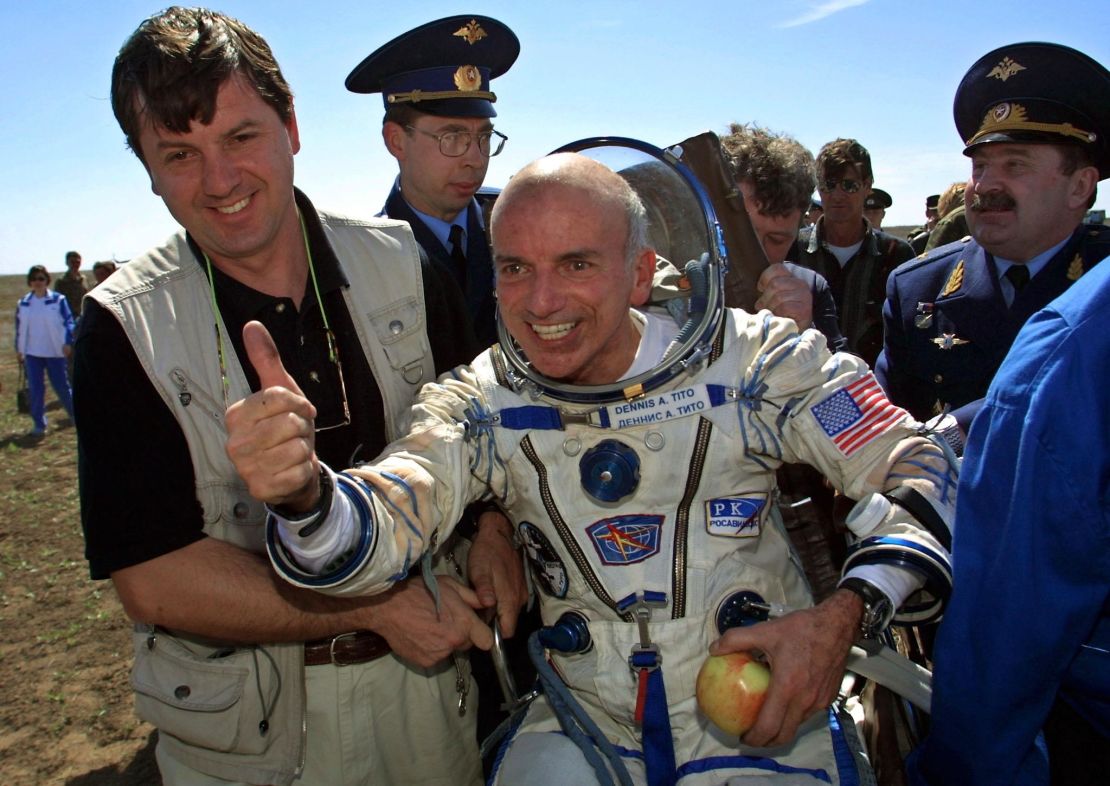
2001: First space tourist
In 2001, U.S. rich guy Dennis Tito became the world’s first space tourist.
His eight-day trip with a Russian crew on a visiting mission to the International Space Station, during which he orbited the Earth 128 times, reportedly cost $20 million.
Today, cheaper space tourism possibilities are out there, but you still need to fork out around $250,000 for a seat.
Virgin Galactic has said it’ll launch its first mission in 2014.
More info: What does a $250,000 ticket to space with Virgin Galactic actually buy you?
2001: 9/11
The events of 9/11 changed the world in a way that needs no explanation.
When traveling pre-9/11, airport security was comparatively relaxed.
Today, shoes and belts are often removed at the security scan, bottles of water are confiscated and pat downs are thorough.
Even the words we use, or tweet, can lead to questioning or arrest, as one unlucky joker found out.
More info: Flight attendant: How 9/11 changed my job
2002: World adapter invented
Hair tongs, cameras, laptops, phones – most travelers will have found themselves desperately in need of using one of these in a foreign hotel, only to find it’s powered out and the plug won’t fit the wall.
There are 12 significant electrical plug shapes in use around the world and until Swiss company SKROSS invented its world adapter, the chances were your new home for a few days didn’t have sockets that fit.
Now there are various plug adaptors to fit (almost) all sockets.
More info: Postcards vs. the Future: 10 ‘endangered’ travel items
2008: Airbnb founded
For travelers weary of floating in a sea of inflated hotel rates, ridiculous Wi-Fi prices, cramped rooms and bad buffet breakfasts, Airbnb’s arrival was a much-needed lifesaver.
The platform connects people who have space to rent with travelers who are looking for a place to stay.
There have been a few horror stories along the way, but for the most part the rental site is today a reliable alternative for those who aren’t afraid to try something different.
Airbnb says more than 9 million guests have used its site, booking everything from apartments to castles in more than 33,000 cities and 192 countries.
More info: Pushy guests and porn: Confessions of an Airbnb hostess
2012: Boeing Dreamliner launched, then grounded
Said to have revolutionized jetliner design and brought commercial aeronautics into the 21st century, the 787 had a record number of pre-orders when it was announced with nearly 800 planes due for delivery.
Its composite fuselage makes it lighter and therefore cheaper to fuel and its bigger windows and extra space inside make it more comfortable.
A series of problems, mostly involving the plane’s battery system, saw the whole fleet grounded for a short period in 2013.
The aircraft’s advances may yet prove to be revolutionary, though it remains to be seen if the plane will show up when lists such this one are updated in five, 10 or even 100 years.
More info: Another battery incident troubles Boeing’s 787 Dreamliner

















